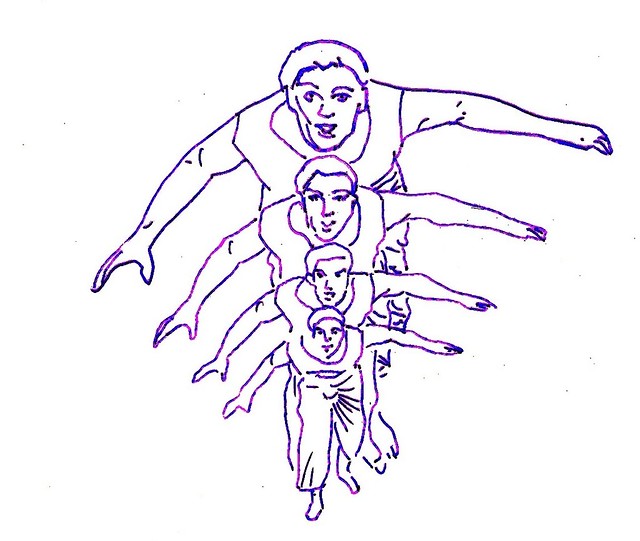Human Hypervariability
November 2, 2011
Humans are an extremely hypervariable species. There is a large intraspecial difference between its largest and smallest members. The smallest adult person, Chandra Bahadur Dangi, is less than 55 centimeters tall, while the tallest person that ever lived, Robert Wadlow, reached a height of 272 centimeters. That makes Wadlow 477% taller than Chandra. But even if we disregard these exceptional pathological cases the variability in what is considered to be normal height (lets conservatively set this between 150 cm and 200 cm) indicates the enormous size-changing potential of the human body. And that’s without manipulation.
Homo Floresiensis, with an average size of 103 cm, illustrates that if presented with the right conditions the human species can probably shrink considerably more. But Homo Floresiensis lived up until around 12.000 years ago and although the Dwarfs of Sindh, and African tribes like the Twa present us with strong evidence of our ability to live healthy lives with much smaller sized bodies we are left with that one big question: How short can we actually get before it starts affecting our health, our intelligence, or perhaps even the definition of what it means to be human? And what do we do when we reach that stage?
[…] the tallest 5 percentile of the adult human population. That puts humans amongst the Earth’s most hypervariable species. Shrinking the body will create an even greater height gap, Younger generations will be shorter […]
[…] of diverse environments, activities and diets, Homo sapiens developed into a highly adaptive hypervariable species with a wide variety of body types like the spoon, the ruler, and the hourglass. If we decide […]